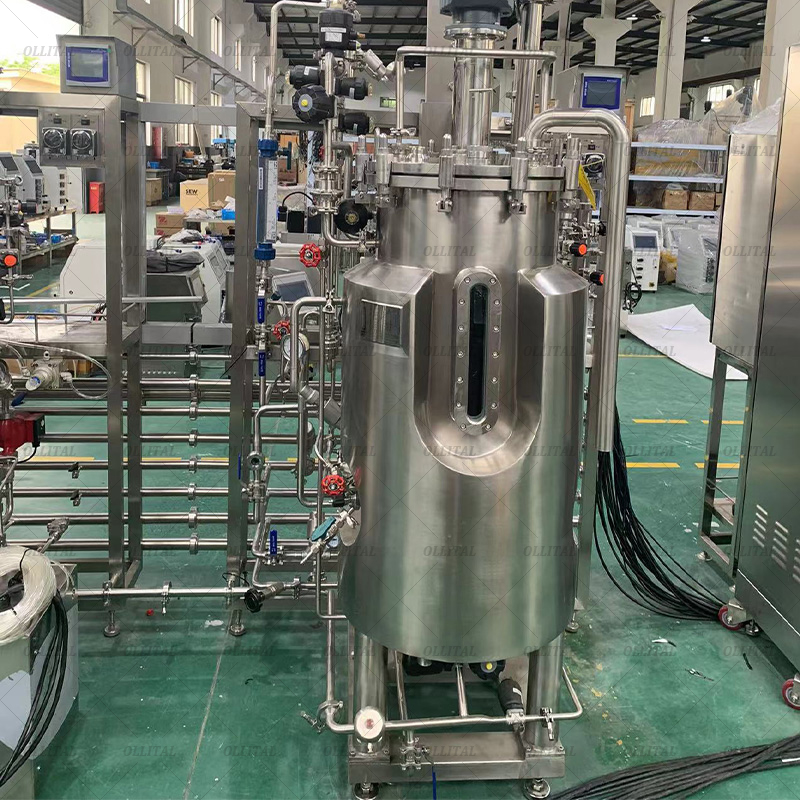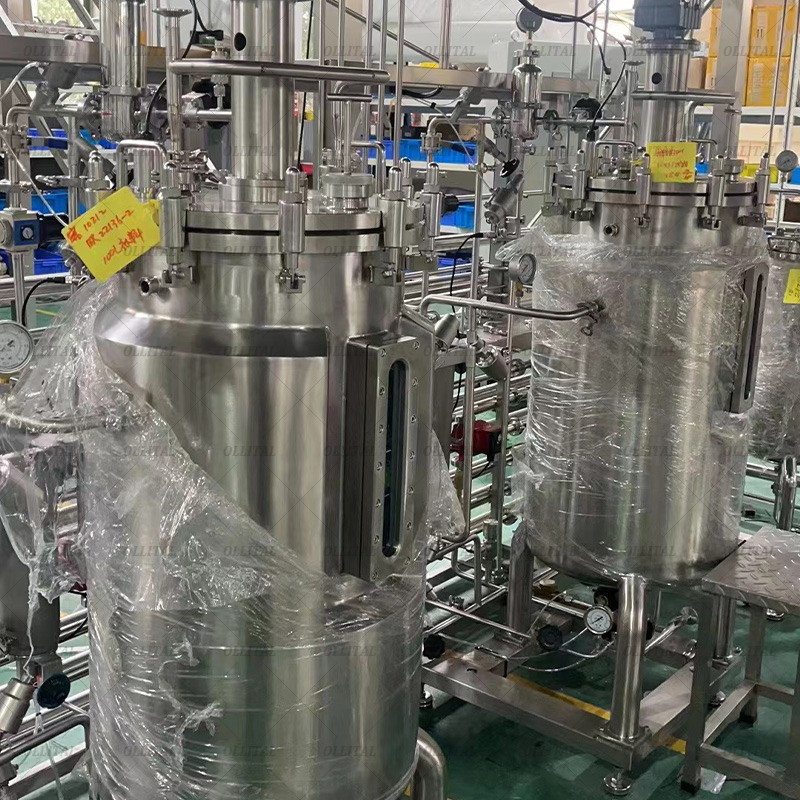"Solid state fermentation tanks" are an important biotechnology equipment used to produce renewable energy sources such as bio fertilizers and biomass energy that are in line with sustainable development. Proper operation of solid fermentation can effectively ensure the normal operation of equipment, extend its service life, and ensure production safety and product quality.
01 Equipment inspection
Before each use, the "Solid fermentation tanks" must be inspected to ensure the normal operation of the equipment:
(1) Check sterilization status
Check whether the fermentation tank material has issues such as oxidation, rust, deformation, etc;
Confirm that the steam outlet and exhaust outlet are correctly connected;
Check if the air inlet and outlet are blocked;
Check if the automatic control system is functioning properly.
(2) Check the feeding system
• Determine whether the quality and moisture content of the raw materials meet the fermentation conditions;
Clean the dust, slag, and residual impurities in the feeding system.


02 Workflow
(1) Accepting raw materials
Transport raw materials to the silo;
Use conveyor belts or elevators to directly transport raw materials to fermentation tanks;
Add water quantitatively.
(2) Solid state fermentation
Utilize equipment budget to determine the optimal production process parameters;
Maintain the temperature, humidity, and ventilation of the fermentation tank to achieve optimal bacterial growth;
Adjust the growth rate of microbial communities, optimize biological products and products;
Monitor temperature and acidity during the production process.
(3) Sampling determination
Sampling and testing can be conducted daily or at regular intervals, and the testing frequency can be adjusted according to production needs;
Select representative samples;
Clean the tank mouth, disinfect the equipment with disinfectant, and dispose of residual disinfectant from the tank mouth before sampling.
(4) Harvest process
• Use elevators to harvest fermented biological fertilizers and biomass energy;
During the harvesting process, pay attention to controlling the glossiness, width, and sealing of the inlet;
Collection and recording of important parameters.